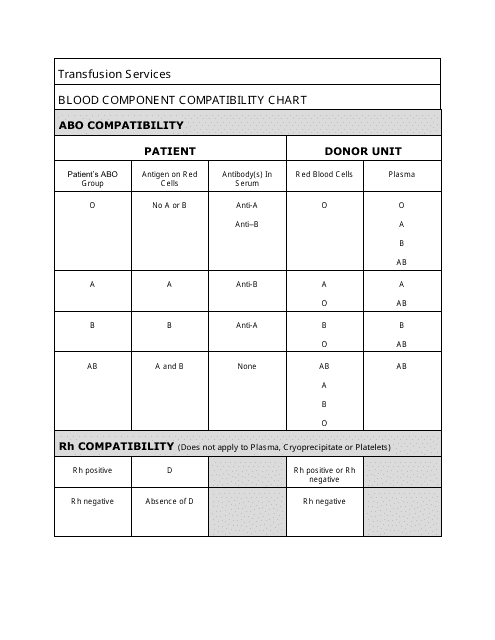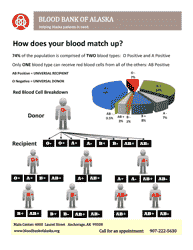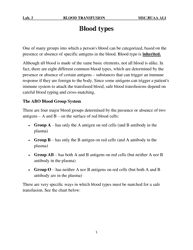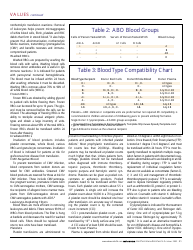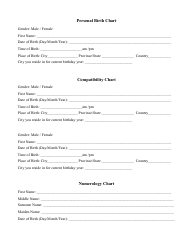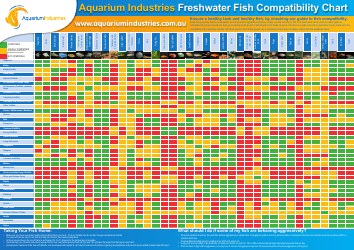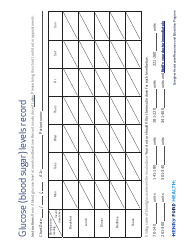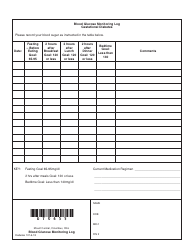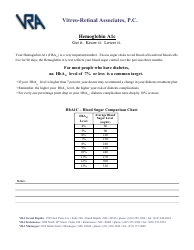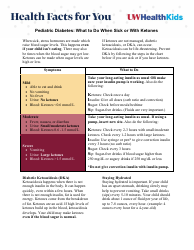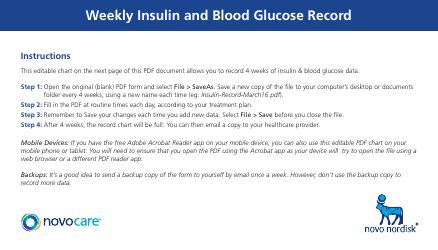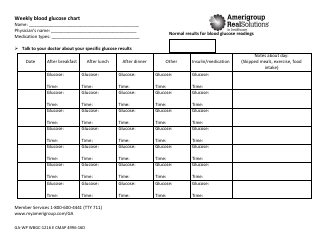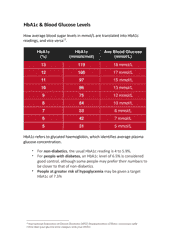Blood Component Compatibility Chart
A Blood Component Compatibility Chart is used to determine which blood types are compatible with each other for purposes of blood transfusion. Blood transfusion is a critical and often lifesaving procedure that is required during emergencies, surgeries, or treatments for certain medical conditions. The chart helps to ensure safe transfusions by matching donors and recipients according to blood group compatibility to prevent possible reactions or complications. The four main blood types are A, B, AB, and O, each of which can be either Rh positive or negative. Accuracy in matching these blood types is crucial, therefore, a Blood Component Compatibility Chart serves as an essential guide in healthcare settings.
The Blood Component Compatibility Chart is typically filed by medical institutions or health departments. These can include hospitals, blood banks, or health organizations. The chart is used to provide information on which blood types are compatible for transfusions. In the United States, institutions like the American Red Cross or the AABB (formerly known as the American Association of Blood Banks) are responsible for such documents. The exact body or organization may vary in Canada, India, and Australia, but it will be a similarly credentialed health-focused organization.
FAQ
Q: What is a Blood Component Compatibility Chart?
A: A Blood Component Compatibility Chart is a tool used by medical professionals to determine which blood components can be safely transfused to patients of various blood types. It helps prevent adverse reactions during blood transfusion.
Q: Why is blood compatibility important?
A: Blood compatibility is vital to prevent immune reactions when blood is transfused. If incompatible blood types are mixed, it can lead to blood clumping or agglutination, leading to potentially life-threatening complications.
Q: What is the universal blood donor type?
A: The universal blood donor type is O negative (O-). This means that people with O- blood can donate to individuals of any blood type.
Q: What is the universal recipient blood type?
A: The universal recipient blood type is AB positive (AB+). Individuals with this blood type can receive blood from donors of any type.
Q: Can A positive blood donate to AB positive?
A: Yes, A positive (A+) blood can be donated to AB positive (AB+) recipients.
Q: Which blood group should not be mixed?
A: The ABO blood system has four types: A, B, AB, and O. Each blood type can only receive certain types of blood. For example, type A blood can only receive A and O blood. Mixing incompatible blood types can cause serious health risks.
Q: What is Rh factor in blood compatibility?
A: Rh factor is a protein on red blood cells. If you have the protein, you are Rh positive. If you don't have it, you are Rh negative. Rh positive blood is not compatible with Rh negative blood.
Q: Can a person with AB- blood receive O+ blood?
A: No, a person with AB negative (AB-) blood cannot receive O positive (O+) blood. The Rh factor matters in this case - Rh negative individuals cannot receive Rh positive blood.
